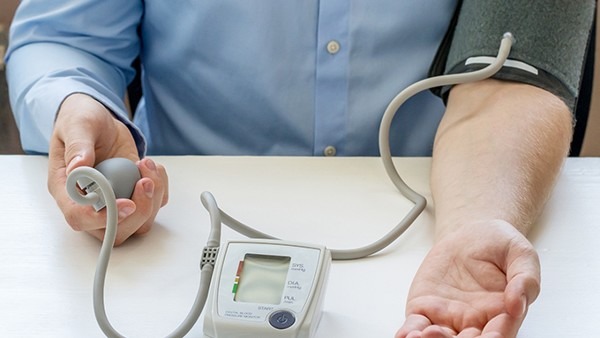Cesarean Section is Dominated by Spinal Anesthesia

Introduction
Cesarean section (C-section) is a surgical procedure to deliver a baby through an incision in the abdomen and uterus. It is one of the most common surgeries performed in the world, with over 30 million procedures performed each year.
Traditionally, C-sections were performed under general anesthesia, which involves putting the patient to sleep. However, in recent years, spinal anesthesia has become the preferred method of anesthesia for C-sections.
Advantages of Spinal Anesthesia
Spinal anesthesia offers several advantages over general anesthesia for C-sections:
Faster recovery time: Patients who receive spinal anesthesia recover more quickly than those who receive general anesthesia. This is because spinal anesthesia does not involve putting the patient to sleep, so they are able to get out of bed and move around sooner.
Reduced risk of complications: Spinal anesthesia is associated with a lower risk of complications than general anesthesia. These complications include nausea, vomiting, respiratory problems, and allergic reactions.
More comfortable for the patient: Spinal anesthesia is generally more comfortable for the patient than general anesthesia. This is because the patient is awake and alert during the procedure, so they do not have to worry about being put to sleep or waking up with a sore throat.
Less expensive: Spinal anesthesia is less expensive than general anesthesia. This is because it does not require the use of specialized equipment or personnel.
How Spinal Anesthesia is Performed
Spinal anesthesia is performed by injecting a local anesthetic into the cerebrospinal fluid (CSF) in the lower back. The CSF is the fluid that surrounds the spinal cord and brain. The local anesthetic blocks the pain signals from the nerves in the lower body, so the patient does not feel any pain during the C-section.
The injection is typically given through a small needle that is inserted into the back. The procedure is relatively quick and easy, and it is usually well-tolerated by patients.
Risks of Spinal Anesthesia
Spinal anesthesia is generally a safe procedure, but there are some potential risks, including:
Headache: Spinal anesthesia can cause a headache after the procedure. This headache is usually mild and goes away within a few days.
Back pain: Spinal anesthesia can also cause back pain after the procedure. This pain is usually mild and goes away within a few weeks.
Nausea and vomiting: Spinal anesthesia can cause nausea and vomiting after the procedure. These side effects are usually mild and go away within a few hours.
Allergic reaction: Spinal anesthesia can cause an allergic reaction in some patients. This reaction can be serious, so it is important to tell your doctor if you have any allergies before you receive spinal anesthesia.
Conclusion
Spinal anesthesia is the preferred method of anesthesia for C-sections. It is safe, effective, and well-tolerated by patients. Spinal anesthesia offers several advantages over general anesthesia, including a faster recovery time, a reduced risk of complications, and a more comfortable experience for the patient.
The above is all the content that the editor wants to share with you. I sincerely hope that these contents can bring some help to your life and health, and I also wish that your life will be happier and happier.
Tags: #is #section #cesarean














